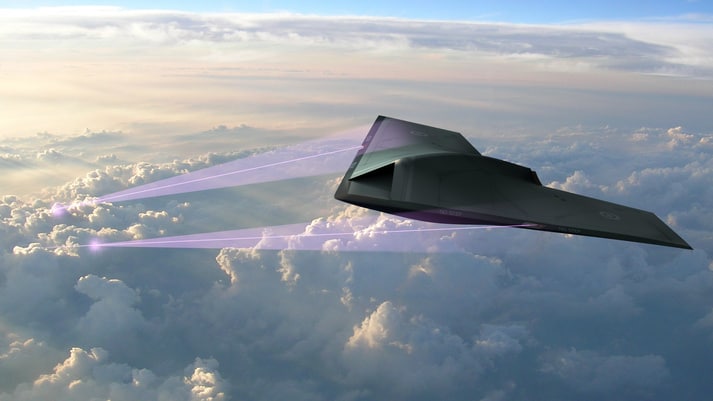
The Laser Air Speed Sensing Instrument (LASSI) which is being exhibited at this year’s Farnborough International Airshow sets itself apart from conventional methods as it accurately measures velocity even at low speeds.
Air speed is normally determined using pitot tubes – which protrude from aircraft and sense variations in air pressure with speed. Although usually heated, these tubes are vulnerable to blockage in icy conditions. They could also be damaged by collisions with birds and when the aircraft is on the ground.
Operating on the same principle as roadside speed-guns, the new technique works by bouncing ultraviolet laser light off air molecules and measuring the change in ‘colour’ of the reflections caused by the Doppler Effect.
The further away from the ultraviolet light the reflection is, the faster the aircraft is travelling. Although invisible to the human eye, the detector can identify minute changes in colour – which indicate the aircraft’s airspeed.
Dr Leslie Laycock, executive scientist at BAE Systems said: “Conventional air data sensors which protrude from the sides of aircraft must be carefully located to work properly and are inaccurate at low airspeeds. LASSI can be located completely inside the aircraft and is accurate at low airspeeds. It can even measure negative air velocities. These features should ensure that the equipment is robust against damage, require less maintenance and be easier to operate at lower airspeeds."
“A significant benefit is that LASSI has the potential to detect air speed at a distance, meaning an aircraft could predict oncoming turbulence and change course accordingly.”
BAE trialled LASSI in a low speed wind tunnel and on ground vehicles, and engineers are now investigating how it could be integrated in future aircraft.




JLR teams with Allye Energy on portable battery storage
This illustrates the lengths required to operate electric vehicles in some circumstances. It is just as well few electric Range Rovers will go off...